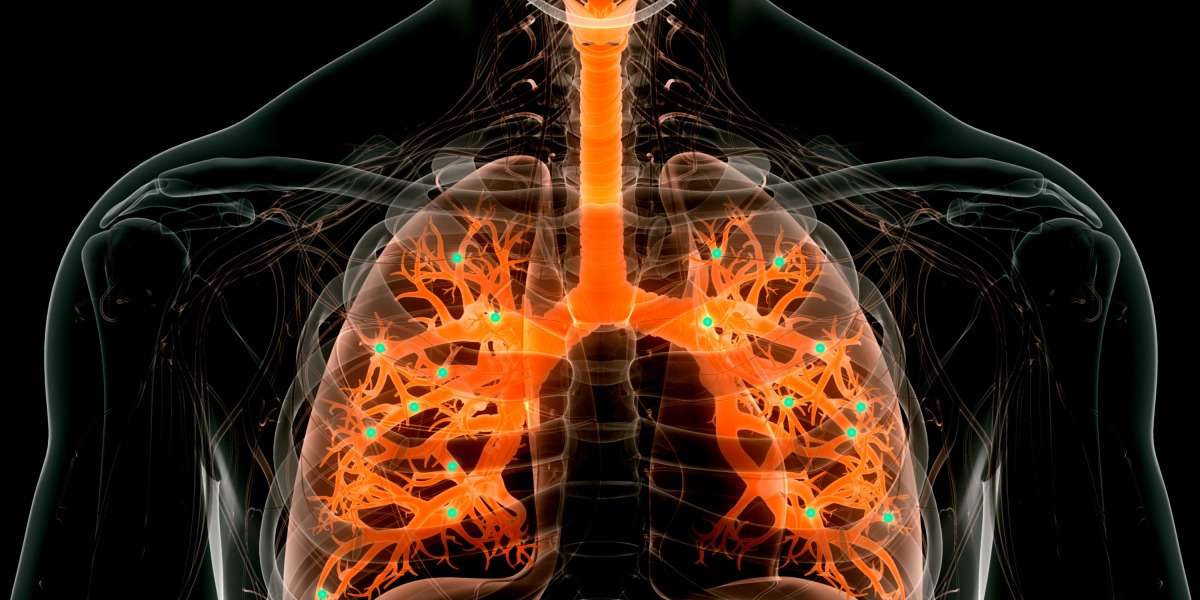
After one dose of the particles was administered to the lab mice, the mRNA made it into about 40% of the epithelial cells, which form most of the lung lining. Three doses brought the level up to 60%. For the two specific types of epithelial cells that are the most important targets for treating lung disease, the level was about 15%.
“This means that the cells we were able to edit are really the cells of interest for lung disease,” says Bowen Li, a former MIT postdoc and now an assistant professor at the University of Toronto, one of the paper’s lead authors. “This lipid can enable us to deliver mRNA to the lung much more efficiently than any other delivery system that has been reported so far.”
The new particles break down quickly, allowing them to be cleared from the lung within a few days and reducing the risk of inflammation. They could also be delivered multiple times to the same patient without triggering an immune response.
The researchers are now working on making their nanoparticles more stable, so they could be aerosolized and inhaled. They also plan further mouse studies to test whether the particles can deliver mRNA to correct the genetic mutations involved in cystic fibrosis and other lung diseases.
